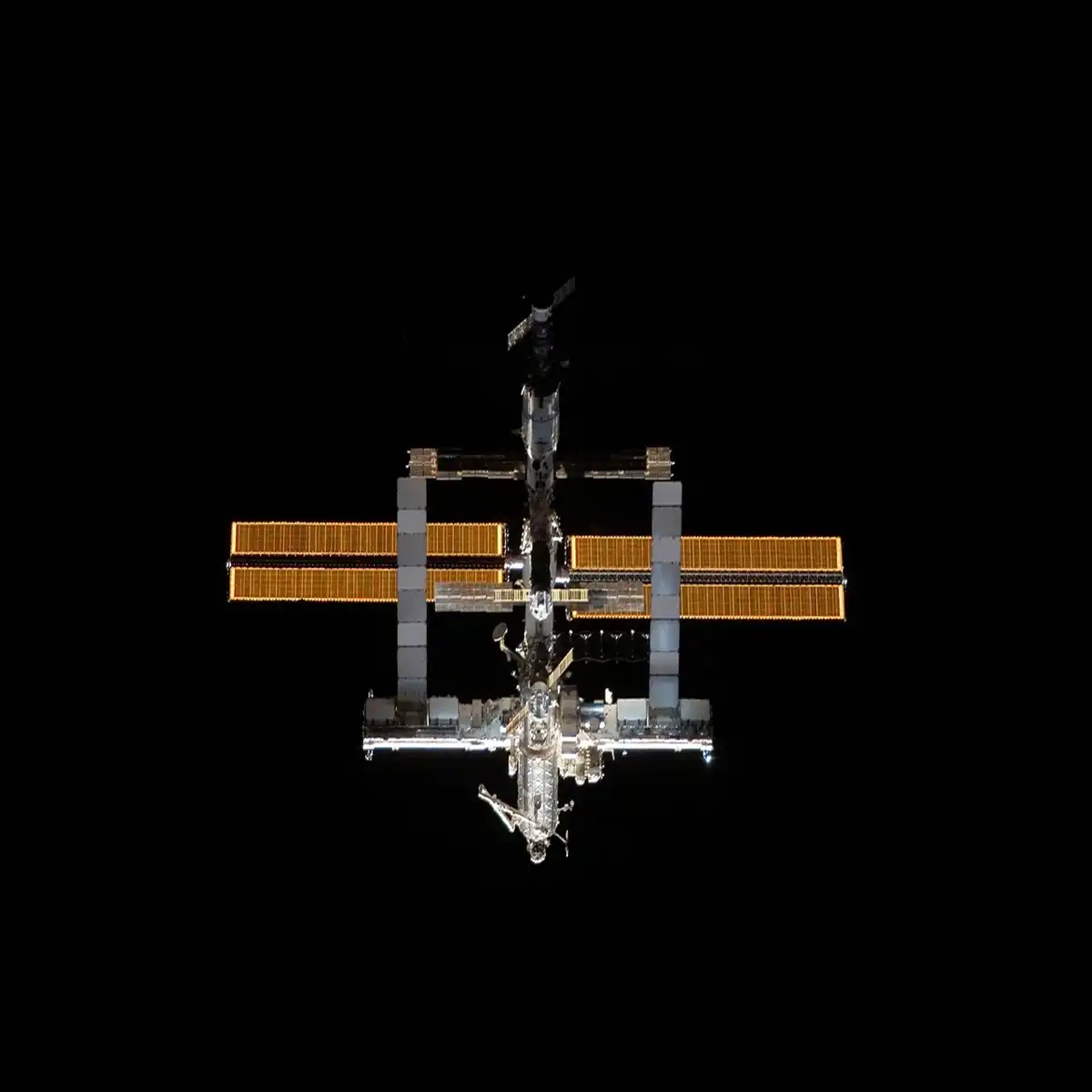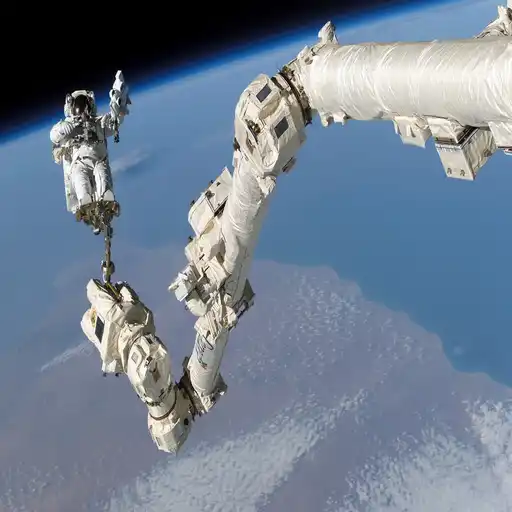As structural risks escalate, NASA and Russia are working on a crucial International Space Station deorbit strategy to ensure a safe end for the ISS by 2030.

NASA and Roscosmos are jointly developing contingency measures to safely deorbit the International Space Station (ISS) by 2030, amid mounting concerns over structural deterioration and operational risks. Recent reports confirm the station’s critical condition, with NASA explicitly warning of potential in-orbit breakup if decommissioning efforts falter. The collaboration centers on a dual-track strategy: advancing a U.S.-developed deorbit vehicle while retaining Russian Progress spacecraft as backup, as debates intensify over the timeline and technical feasibility of deorbiting the largest structure ever built in space.
Read Also – 👉👉Mucormycosis Antibody Therapy: A Promising Step Forward in Treatment👈👈
Background: The Looming End of an Era
A Journey Through Time
Launched in 1998, the ISS has hosted over 270 astronauts from 20 countries, serving as a cornerstone for microgravity research and international cooperation. However, prolonged exposure to extreme temperature swings, micrometeoroid impacts, and material fatigue have degraded its modules, with some components now operating beyond their original 15-year lifespan. NASA’s July 2024 update confirms that controlled deorbit remains the only viable option, dismissing alternatives like disassembly or orbital boosting due to cost and technical hurdles.
Understanding the Risks
The ISS has become a significant part of our journey in space exploration. But what happens when even the most advanced technology begins to show signs of wear? The aging structure poses increasing risks, making the need for a reliable deorbit strategy critical.

Read Also – 👉👉Deep Learning in Neurology: 7 Revolutionary Changes Transforming Brain Imaging👈👈
Key Developments in the International Space Station Deorbit Strategy
Recent Actions Taken by NASA and Roscosmos
- NASA has selected SpaceX to build the U.S. Deorbit Vehicle (USDV), aimed at safely guiding the ISS into a remote ocean area.
- Russia’s Progress cargo ships remain a backup for incremental orbit-lowering burns, though reliance on these systems has become uncertain due to geopolitical tensions.
- NASA’s Aerospace Safety Advisory Panel highlighted various structural risks, including coolant leaks and module cracks.
- NASA is aiming for a 2029 launch of the USDV, while some, including Elon Musk, suggest an accelerated timeline.

Read Also – 👉👉Gene-Based Blood Test for Melanoma Recurrence: A Revolutionary Step in Early Detection👈👈
Impact Analysis of the International Space Station Deorbit Strategy
Ensuring Crew Safety
A controlled re-entry is crucial for minimizing the risk of debris striking populated areas. The U.S. government has set a casualty probability rule of 1-in-10,000, emphasizing the importance of a well-planned deorbit to protect both Earth and crew members.
Scientific and Diplomatic Considerations
As the ISS approaches its end, NASA’s plan includes transitioning low-Earth orbit operations to commercial stations like Axiom Space. However, the reliance on Russia for Progress spacecraft amid sanctions complicates contingency planning and questions the diplomatic ties established during decades of collaboration. This means that the development of the USDV is not just a technical challenge but also a politically charged endeavor.

Read Also – 👉👉Benefits of Eating Guava on Empty Stomach: 4 Incredible Advantages👈👈
Controversies Surrounding the International Space Station’s Future
Debates Over ISS Lifespan and Transition
- Critics argue extending the ISS’s life could help commercial stations mature and prevent a ‘space station gap’.
- Proponents for decommissioning stress that maintenance costs, ranging from $3-4 billion annually, are unsustainable.
- Delay in decommissioning could lead to catastrophic failure, putting crew members and other satellites at risk.
Conclusion: Navigating a Controlled Descent
The ISS’s retirement marks a pivotal transition in space exploration, balancing legacy preservation against forward-looking innovation. As NASA and Roscosmos refine their dual-track strategy, the mission’s success will hinge on aligning technical precision with geopolitical pragmatism—a fitting tribute to the station’s decades of bridging earthly divides among the stars.
FAQs about the International Space Station Deorbit Strategy
What is the International Space Station (ISS)?
The ISS is a space station launched in 1998, serving as a crucial platform for scientific research and international collaboration in low-Earth orbit.
Why is the ISS deorbiting necessary?
Deorbiting is necessary to safely dispose of the ISS as it ages and poses increasing structural risks, ensuring safety for both the crew aboard and people on Earth.
What are the main risks associated with the ISS?
The main risks include structural deterioration, potential coolant leaks, thruster malfunctions, and other failures that could compromise overall safety.
When is the planned deorbit of the ISS?
The planned deorbit is set for 2030, with NASA and Russia collaborating to ensure a controlled descent.
What is the role of SpaceX in the deorbit strategy?
SpaceX has been chosen to create the U.S. Deorbit Vehicle (USDV), which will guide the ISS to a safe re-entry zone in the ocean.
Related Videos
Read Also –
This article synthesizes information from multiple sources and is designed for educational purposes. For direct quotes or more detailed insights, readers are encouraged to consult the original articles.
Read Also –
| https://www.nasa.gov/news-release/nasa-selects-international-space-station-us-deorbit-vehicle/ |
| https://aiaa.org/2024/09/23/nasa-s-plan-for-deorbiting-iss-contingent-upon-russia-s-plans/ |
Hey! I hope you enjoyed reading this! If you did, could you do me a small favor and hit the like button? It would mean a lot to me and help me reach more people. Thank you so much! Got any thoughts on this post? Drop them in the comments below!
How many stars would you give for my effort?





